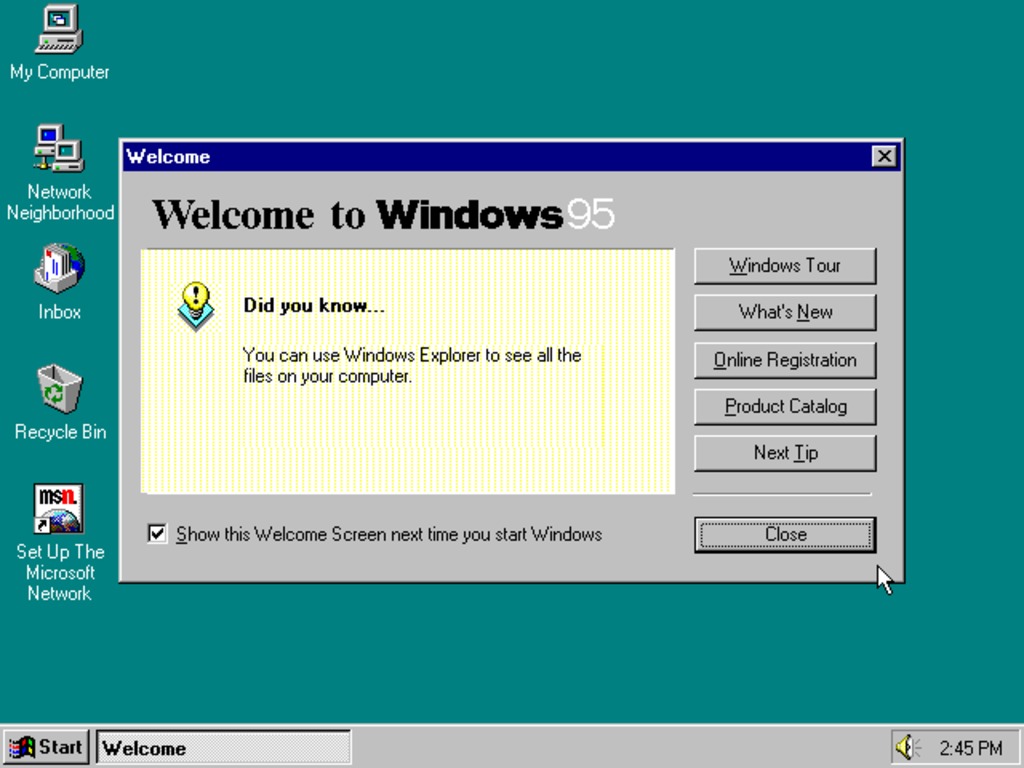The State-of-the-art in GUI’s in the late 1980’s and early to mid 1990’s
Take a look at this series of screenshots sampled from the web – which illustrates what was the ‘state-of-the-art’ during the timeframe of the evolutionary series of work done by the IMP Group at the University of Leeds and The Digital Window team – 1986-1998.
Compare these screenshots with the Evolutionary Series of Tools & Applications, 1986-1998 which cab be viewed on this website.
This comparison should confirm the innovation and quality of the concept demonstrators, applications and interfaces we developed.
Visual Browsing Hypermedia Interfaces
The series of tools was evolved through a series of user-driven projects – to realise a vision of information modelling and hypermedia – and HUI’s (hypermedia user interfaces).
This series is a portfolio of work – a series of innovative and pioneering tools and applications which had a focus on high resolution visual graphical GUI’s. The technical strategies for the design and development of these tools was open systems, OOT, high quality high resolution User Interfaces with a focus on Visual Browsing – while the mainstream was low to medium resolution and the MS Windows series.
The HNS Browser 1987 was built from scratch with a new version of Visual Basic. It demonstrated concepts of active/interactive graphical schemas incorporating the principles of ‘hypertext’ which was de-facto without precedent e.g. subsequent evaluation of (commercially available) ‘GUIDE’ and ‘HYPERCARD’ (hypertext tools) did not provide the implementation shown in the HNS Browser (nor provided a mechanism to create the HNS Browser). At this time 640 X 480 black-and-white screens were the state of the art.
Subsequent steps in the evolutionary series: The GPE, Media Language, and GARDEN were constructed on IBM/Sun Microsystems Workstations for open systems Unix/AIX/X11/TCP-IP. In the meantime, the ‘state-of-the-art’ on desktops was Windows 286/386.
The Paris and Magic Browser HTML tools and IMPFW were built for Microsoft Windows XP employing the HTML1 standard. The Paris and Magic Browser executables were around 200Kbytes providing the distribution of multimedia documents on floppy disks around 1.2 MB in size.








